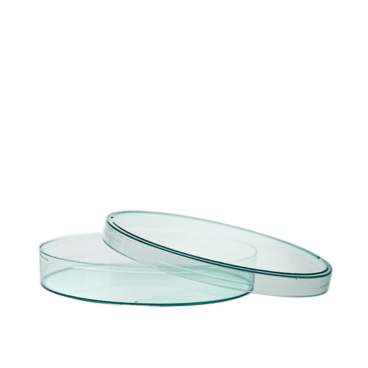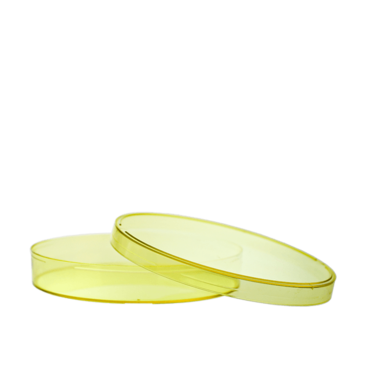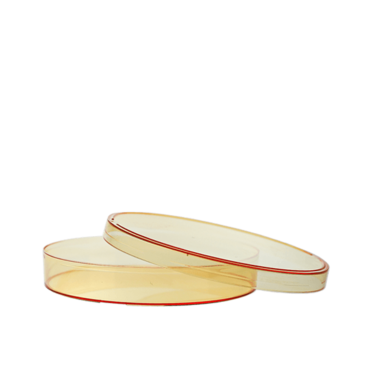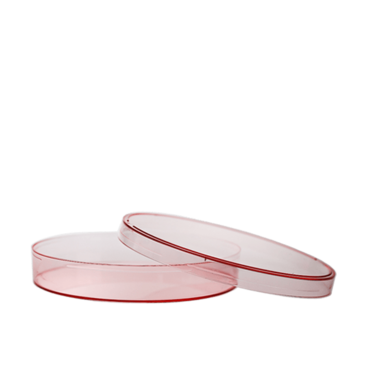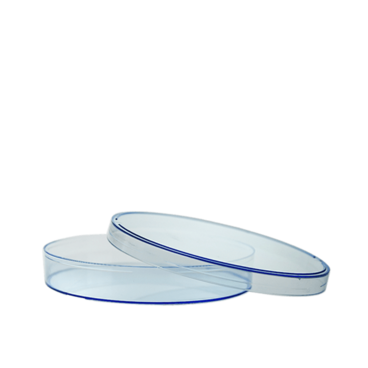Petri dishes
Petri dishes made of soda-lime glass.

- Made of soda-lime glass or Duran glass
- Distortion-free transparency
- Bottom and lid are absolutely flat on the outside and inside
- Free of bubbles and streaks
- Even distribution of culture medium
- Autoclavable at +121 °C

In the laboratory
- Cultivation of microorganisms
- Cell cultures
- Autoclaving and sterilization processes
In addition to their classic use in laboratories, Petri dishes can also be used:
- for the production of globules
- as an insect showcase or caterpillar terrarium
- in molecular gastronomy
- for pure breeding and cultivation of yeast strains by hobby brewers
- as an art object (see Petri dish art)
- etc.

Petri dishes are named after Julius Richard Petri (1852–1921). After studying medicine and briefly serving as a military doctor, the German bacteriologist worked in a sanatorium for lung patients. In 1886, he joined the Institute of Bacteriology under Robert Koch, where he developed and improved various laboratory methods and equipment, including the Petri dish.
Petri dishes, also known as culture dishes or cell culture dishes, are round, flat containers with an overlapping lid. They are used for cultivating microorganisms by placing a thin layer of a gel-like culture medium (e.g., agar) in the dish, which provides water and nutrients to the microorganisms
Petri dishes are widely used in medical, biological, and chemical laboratories. In addition to glass versions, Petri dishes are also now available in plastic.
